-
Fly tying: Craft-fur Clouser

I love fishing Clousers. I hate tying with bucktail. I can never seem to get the bucktail material to lie flat and stay flat. Most of my Clousers tied with yellow and white bucktail have splayed tails and likely swim like nothing a fish predator has ever seen. Video of Craft Fur ClouserThanks to Tim…
-
Trout Tips: Pairing flies
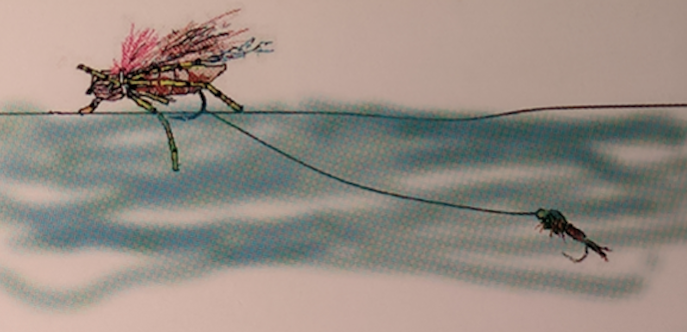
Editor's note: The following is experpted from TU's book, "Trout Tips," available for overnight shipping. It's hard not to like tandem rigs—two flies working together for the single purpose of making you happy. But there should always be rationale for the pairing. Sometimes that's merely to help you see better. I can't always see a…
-
Fly tying: The Klinkhamer

'Tis the season for emerging insects on America's great trout rivers. Here in Idaho, it's full-on Blue-winged Olive season (in an infuriating size 20!). While traditional dun patterns can work well, I've found that trout are often keyed in on emerging BWOs well into the full hatch. And a BWO tied "Klinkhamer" style perfectly mimics…
-
Fly tying: The skinny on adhesives
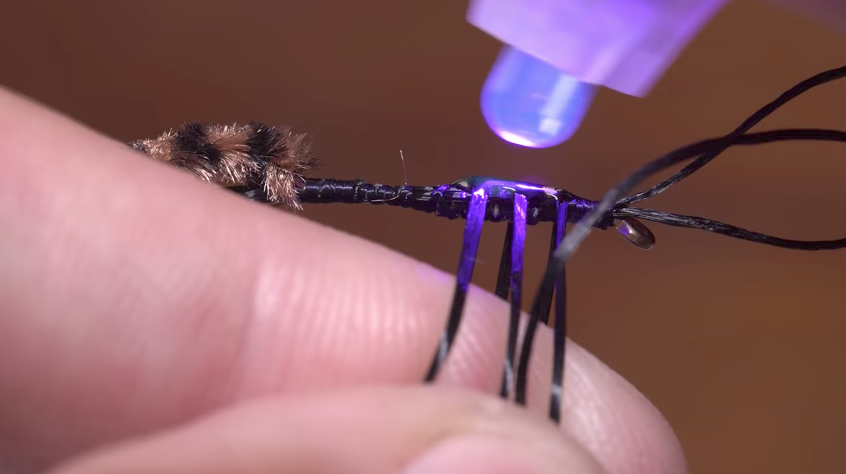
I'm a recent convert to the use of ultra-violet cure resins in my fly tying. The first time I truly experimented with this technique was several years ago when I spent a week of evenings tying sardina patterns for roosters and jacks on the Baja. I figured, correctly so, that dragging flies through the surf…
-
Fly tying: Wood Duck Scud
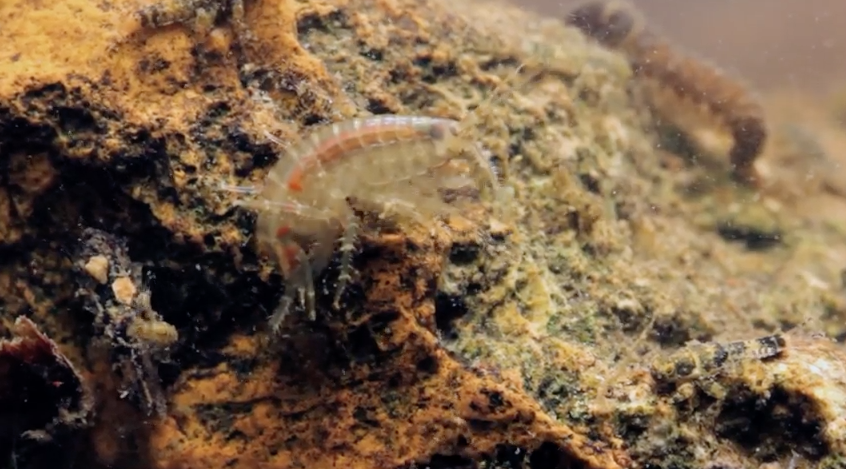
Scuds are an important year-round source of food for trout, but I find flies mimicking them to be even more effective in fall and throughout winter. Scud patterns are also great for tailwater trout hunting—small flies dead drifted through fishy runs often get the attention of trout that have seen damn near everything. Video of…
-
Fly tying: The Mickey Finn
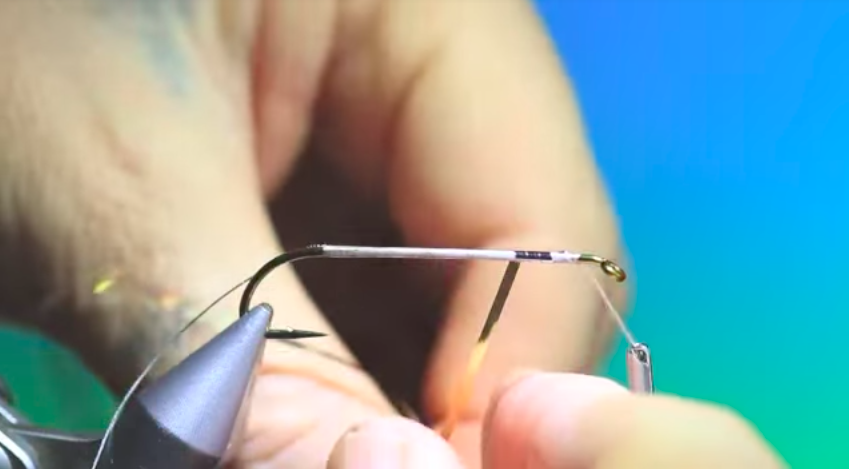
A couple weeks back, I asked what your favorite fall streamer pattern was, and I got a lot of good answers, ranging from the Egg-sucking Leech to the Black Ghost to the venerable Mickey Finn. Video of Tying a Mickey Finn with Barry Ord ClarkeIn the video above, Barry Ord Clarke ties the Mickey Finn,…
-
Trout Tips: Give the fish a break
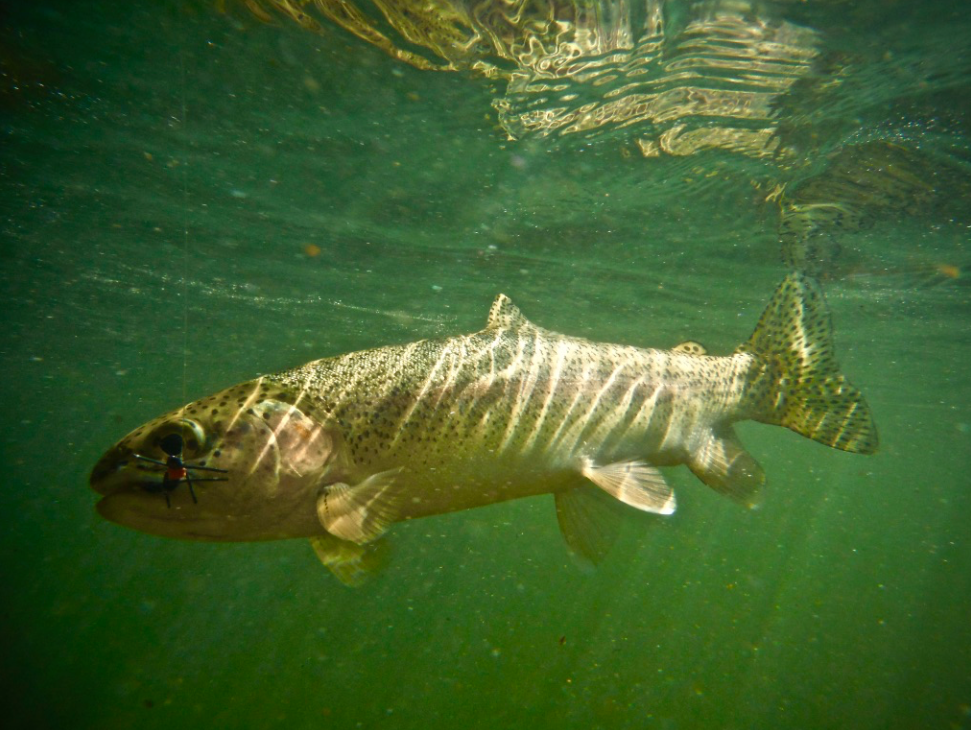
Editor's note: The following is exerpted from TU's book, "Trout Tips," available now for overnight delivery. If a trout misses your dry fly, or refuses it, move a short distance away. Give the fish a break; then go back with a different fly. That may be the one he's looking for. — Dan Beistel, Oviedo,…
Category

